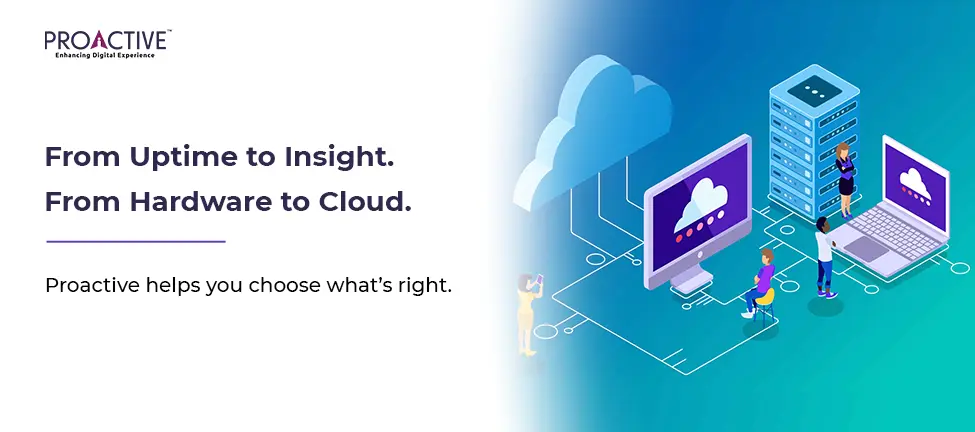Updated: July 15, 2025

The Cost of Control, and the Price of Delay
The network solution you choose today shapes your ability to scale tomorrow. If you’re building a digital-first business, whether in Hyderabad, Gurugram, or Bengaluru, your IT backbone must evolve as quickly as your customer base. Traditional networks offer control. Cloud-managed ones offer speed. Which one supports your growth?
This isn’t a tech debate. It’s a business decision.
What Makes Cloud-Managed Networks Different?
Traditional enterprise networks rely on on-prem controllers. Everything, from provisioning to monitoring, passes through local appliances. Engineers need physical or VPN access. Changes are manual, updates are patchy, and scaling involves truck rolls.
Cloud-managed networks, on the other hand, operate via centralised dashboards. You configure once, push everywhere, and view health metrics in real time. Think of Cisco Meraki or Catalyst Center. No command-line gymnastics. No guessing where a device went offline.
For emerging businesses expanding across cities, the contrast is stark. A branch opens in Pune. A controller fails in Mumbai. Which model keeps you moving?
Five Key Considerations
1. Scale vs. Complexity
Traditional networks were built when scale meant dozens of sites, not hundreds. Each expansion adds more hardware, more dependencies, and more things to break.
Cloud-managed networks flatten the curve. You can replicate configurations, monitor all sites centrally, and update devices without visiting them. Your IT team becomes proactive, not reactive.
2. Staffing Realities
Traditional setups demand trained network engineers with deep CLI experience. If your team is small or stretched, managing growth becomes a bottleneck.
Cloud-managed platforms offer a GUI-first approach. Fewer people can do more. And new team members ramp up faster, without legacy toolchains.
3. Security, Policy, and Control
Some CIOs hesitate on cloud networking due to perceived risks. But with identity-based access, role-specific policies, and encrypted tunnels, today’s cloud-managed solutions meet enterprise-grade standards.
Cisco Meraki, for example, supports MFA, zero-trust segmentation, and SASE frameworks. All from a unified console.
What matters is consistency. If one user in Noida gets blocked for malware, the same rules should apply in Chennai. Cloud dashboards enforce that.
4. Downtime and Diagnostics
In a traditional model, fault resolution is slow. You rely on logs, physical access, and point solutions. A switch goes down in Delhi, and the team flies out.
Cloud-managed tools offer real-time insights. Alerts fire instantly. Device histories are stored. You can isolate, troubleshoot, and resolve without ever stepping into a branch.
5. Total Cost of Ownership
Cloud-managed infrastructure often comes with annual subscriptions. That feels heavier upfront. But factor in fewer outages, lower headcount, and faster deployments, and the ROI becomes clear.
A 2022 IDC report noted that cloud-managed networks reduced operational costs by 40% over five years, compared to traditional setups.
When Traditional Still Works
Not every business needs a cloud jump. If your operations are single-site, your team is deeply network-savvy, and you rarely add new branches or devices, traditional may suffice.
Banks with regulatory constraints. Factories with air-gapped setups. Environments where uptime takes precedence over agility. In those cases, the control of traditional wins.
But that’s the exception, not the rule.
What Growing Companies Need Most
You may start small. One office in Delhi. A core team. A few switches and APs. But the moment you plan to scale, across locations, headcount, or services, you need consistency, speed, and visibility.
Cloud-managed networks deliver that. They free up your IT team to focus on enablement, not firefighting. They simplify compliance. And they prepare you for edge, AI, and whatever’s next.
How Proactive Helps You Decide
Proactive works with growing companies to design the right network for their stage and ambition. We don’t just recommend Cisco Meraki or Catalyst, we evaluate your architecture, your roadmap, and your real-world constraints.
In cities like Mumbai, Bengaluru, and Noida, we’ve helped tech startups, logistics providers, and mid-size manufacturers transition to cloud-managed networks without disruption.
Our NOC handles 24x7 monitoring. Our architects design for future scale. And our support ensures you get value from every port, packet, and policy.
Ask Yourself
If these questions feel uncomfortable, you may already have the answer.